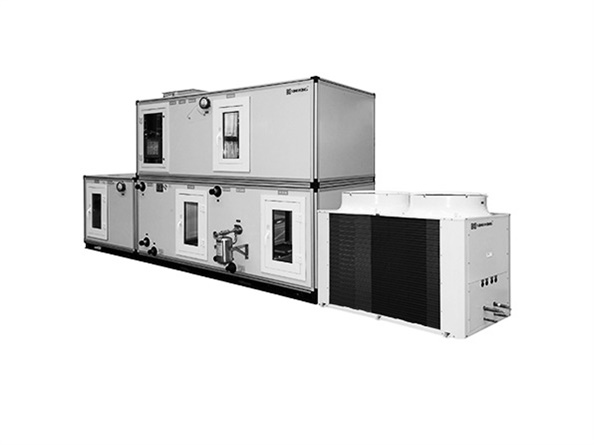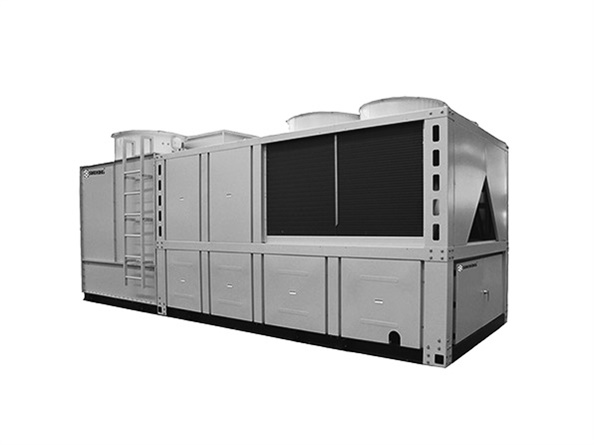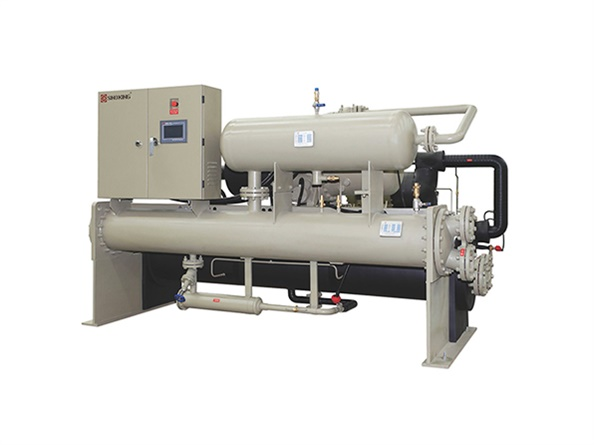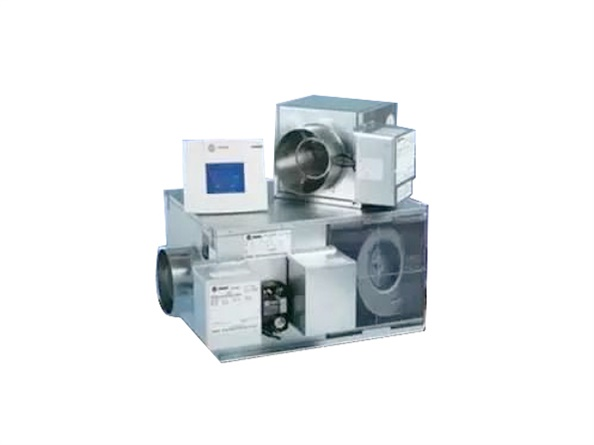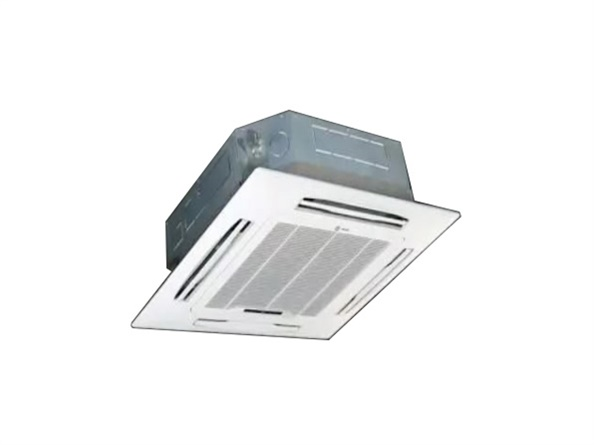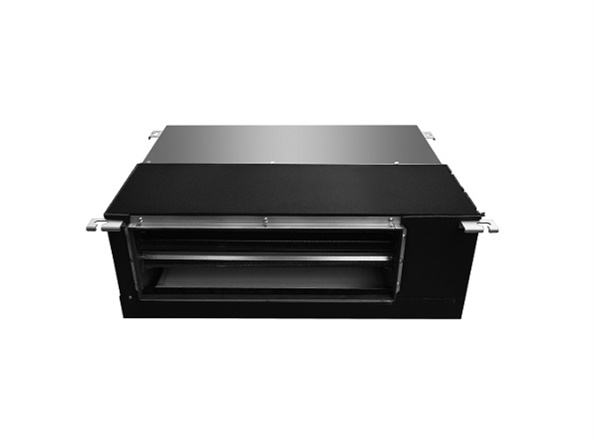Industrial thermostats, also known as thermal imaging cameras, operate based on infrared imaging principles. They capture infrared images and analyze them using image processing techniques. With the advantages of non-contact measurement, high sensitivity, high resolution, and low noise, these devices can display the temperature distribution on various object surfaces in real time.
The working principle of industrial thermostats relies on the infrared radiation emitted by objects. All objects emit infrared radiation with different intensities and frequencies, and this radiation is closely related to the object's temperature. The thermal imaging camera focuses the infrared radiation from the object's surface onto an infrared detector using an optical imaging lens. The photosensitive elements in the detector convert the infrared radiation into electrical signals, which are then processed and amplified to form a thermal image corresponding to the surface temperature of the object. These thermal images can be observed and analyzed on a display screen or through recording equipment, providing information about the state of the equipment.
In the industrial production sector, industrial thermostats are widely used in industries such as machinery, steel, power, and petrochemicals. By analyzing the thermal images of machinery and equipment, they can monitor and assess the operating status and health information of the equipment, thereby improving operational efficiency and safety. Additionally, in the medical field, thermal imaging cameras can quickly locate and diagnose diseases such as mastitis and tuberculous lymphadenitis by detecting the thermal images on the human body surface. In fire safety, they can effectively identify temperature differences between fire sources and surrounding objects, enhancing rescue efficiency in fire scenes.
Moreover, industrial thermostats are easy to install and have high measurement accuracy. The thermal image data can be recorded and saved, facilitating subsequent analysis.
In summary, industrial thermostats are powerful and widely applicable devices that play a crucial role in improving production efficiency, ensuring equipment safety, and improving medical diagnosis. For more information, it is recommended to consult professional books in related fields or seek advice from industry experts.
Industrial thermostats, also known as thermal imaging cameras, operate based on infrared imaging principles. They capture infrared images and analyze them using image processing techniques. With the advantages of non-contact measurement, high sensitivity, high resolution, and low noise, these devices can display the temperature distribution on various object surfaces in real time.
The working principle of industrial thermostats relies on the infrared radiation emitted by objects. All objects emit infrared radiation with different intensities and frequencies, and this radiation is closely related to the object's temperature. The thermal imaging camera focuses the infrared radiation from the object's surface onto an infrared detector using an optical imaging lens. The photosensitive elements in the detector convert the infrared radiation into electrical signals, which are then processed and amplified to form a thermal image corresponding to the surface temperature of the object. These thermal images can be observed and analyzed on a display screen or through recording equipment, providing information about the state of the equipment.
In the industrial production sector, industrial thermostats are widely used in industries such as machinery, steel, power, and petrochemicals. By analyzing the thermal images of machinery and equipment, they can monitor and assess the operating status and health information of the equipment, thereby improving operational efficiency and safety. Additionally, in the medical field, thermal imaging cameras can quickly locate and diagnose diseases such as mastitis and tuberculous lymphadenitis by detecting the thermal images on the human body surface. In fire safety, they can effectively identify temperature differences between fire sources and surrounding objects, enhancing rescue efficiency in fire scenes.
Moreover, industrial thermostats are easy to install and have high measurement accuracy. The thermal image data can be recorded and saved, facilitating subsequent analysis.
In summary, industrial thermostats are powerful and widely applicable devices that play a crucial role in improving production efficiency, ensuring equipment safety, and improving medical diagnosis. For more information, it is recommended to consult professional books in related fields or seek advice from industry experts.



